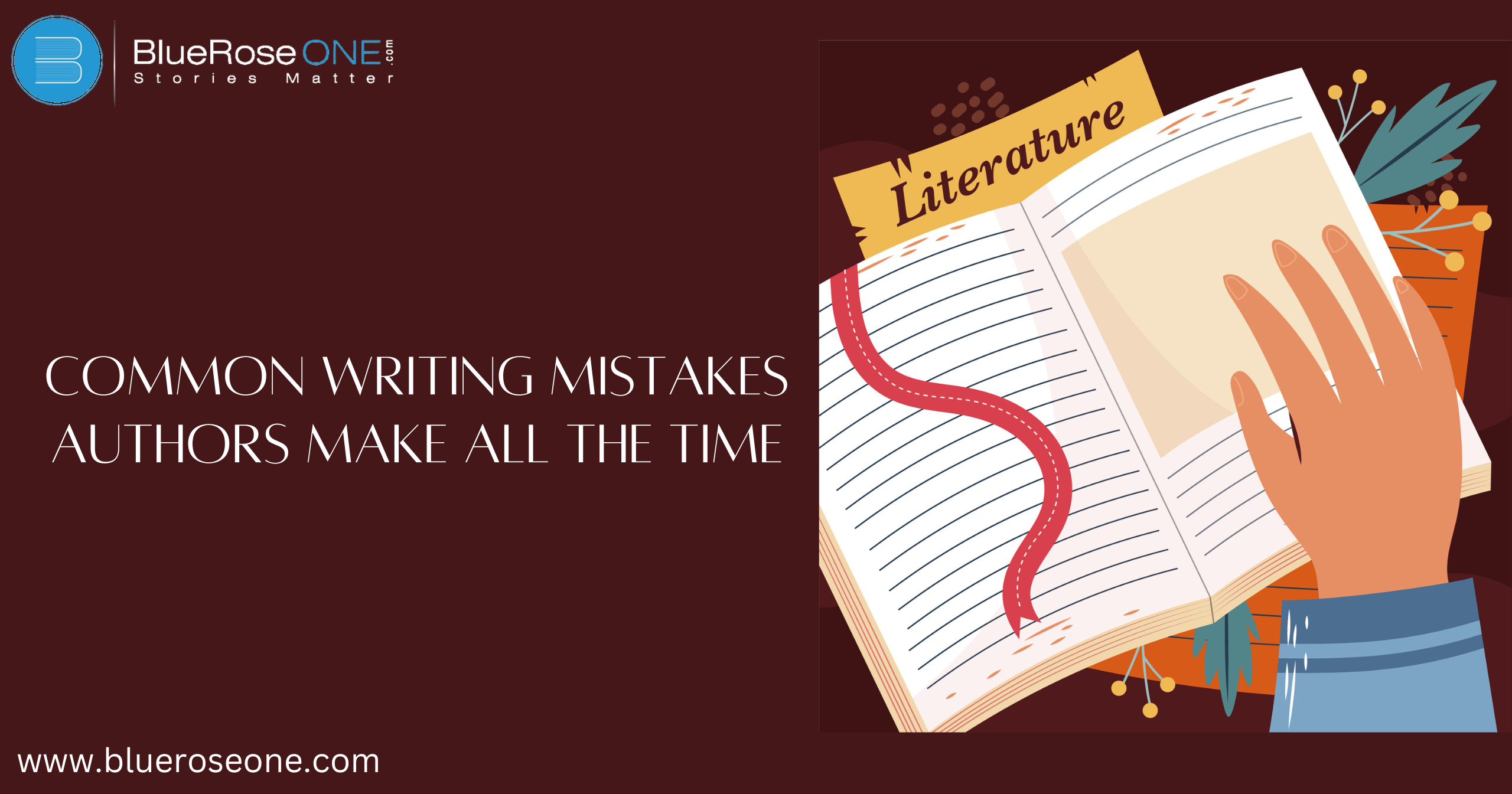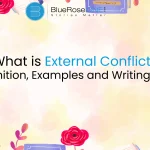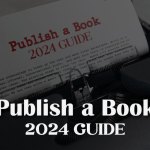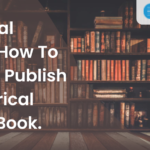Writing is an art form that requires a delicate balance of creativity, discipline and technical skills. Whether you are an expert author or a novice writer, it is easy to fall into certain traps that can undermine the quality of your work. In this article, we will explore some of the most common writing mistakes that the authors make and provide practical suggestions on how to avoid them. By the end of this reading, you will be better equipped to produce shiny, convincing content without mistakes.
You may also like: The Impact of world book fair on global reading trends
1. Overcomplicating Your Language
One of the most common writing mistakes authors make is employing too complex terminology in an attempt to appear sophisticated. While it is tempting to demonstrate your broad vocabulary, doing so can alienate readers and make your writing harder to grasp.
Why It’s a Problem:
- Reader Disengagement: If readers have to constantly look up words or re-read sentences to grasp their meaning, they’re likely to lose interest.
- Loss of Clarity: Complex language can obscure your message, making it harder for readers to follow your argument or narrative.
How to Avoid It:
- Write for Your Audience: Tailor your language to the reading level of your target audience. If you’re writing for a general audience, opt for simpler, more direct language.
- Edit Ruthlessly: During the editing process, scrutinize every sentence. If a simpler word or phrase can convey the same meaning, make the switch.
- Read Aloud: Reading your work aloud can help you identify sentences that are unnecessarily complex or awkward.
You may also like: How to Publish a Book? | Publish Your Book | BlueRoseOne
2. Neglecting the Importance of Structure
A well-structured piece of writing is similar to a well-built house; it provides a firm foundation for your ideas to grow. Unfortunately, many authors fail to recognize the value of structure, resulting in disconnected and confused content.
Why It’s a Problem:
- Confusion: Without a clear structure, readers may struggle to follow your train of thought.
- Weak Argument: In non-fiction writing, a lack of structure can weaken your argument, making it less persuasive.
How to Avoid It:
- Outline First: Before you start writing, create a detailed outline. This will serve as a roadmap, helping you organize your ideas logically.
- Use Headings and Subheadings: Break your content into sections with clear headings and subheadings. This not only improves readability but also helps you stay on track.
- Transition Smoothly: Use transitional phrases to guide readers from one idea to the next. This creates a seamless flow and enhances comprehension.
You may also like: Top 10 Famous Literary Quotes and Their Meandings
3. Failing to Show, Not Tell
“Show, don’t tell” is a key writing guideline that many authors struggle to apply. Telling readers what’s going on is simple, but demonstrating them with vivid descriptions and actions is significantly more fascinating.
Why It’s a Problem:
- Lack of Engagement: Telling readers what to feel or think can make your writing feel flat and uninspiring.
- Missed Opportunities: Showing allows readers to experience the story or argument, creating a deeper emotional connection.
How to Avoid It:
- Use Sensory Details: Incorporate sensory details—sight, sound, smell, taste, and touch—to create a vivid picture in the reader’s mind.
- Dialogue and Action: Use dialogue and action to reveal character traits and emotions rather than simply stating them.
- Be Specific: Instead of saying “She was angry,” describe her clenched fists, raised voice, and flushed face.
4. Ignoring the Importance of Editing
Writing is rewriting. Many authors make the mistake of assuming that their first draft is the finished result. However, editing is when the true magic occurs.
Why It’s a Problem:
- Errors and Inconsistencies: Without thorough editing, your work may contain grammatical errors, typos, and inconsistencies.
- Weak Content: Editing allows you to refine your ideas, tighten your prose, and eliminate unnecessary fluff.
How to Avoid It:
- Take a Break: After completing your first draft, take a break before starting the editing process. This will give you fresh eyes and a new perspective.
- Multiple Rounds: Edit in multiple rounds, focusing on different aspects each time (e.g., grammar, structure, clarity).
Seek Feedback: Don’t hesitate to seek feedback from beta readers, writing groups, or professional editors. An outside perspective can reveal issues you may have overlooked.
You may also like: Is Netgalley Worth it? Pros & Cons for Authors
5. Overusing Adverbs and Adjectives
While adverbs and adjectives can add color to your writing, overusing them can make your prose feel bloated and amateurish.
Why It’s a Problem:
- Weak Writing: Relying too heavily on adverbs and adjectives can indicate weak verbs and nouns.
- Reader Fatigue: Excessive description can overwhelm readers, making your writing feel tedious.
How to Avoid It:
- Choose Strong Verbs: Opt for strong, specific verbs that convey action and emotion without the need for adverbs.
- Be Selective: Use adjectives sparingly and only when they add significant value to your description.
- Cut the Fluff: During editing, scrutinize every adverb and adjective. If it doesn’t enhance the meaning, cut it.
6. Neglecting Character Development
In fiction writing, well-developed characters are the heart of your story. Unfortunately, some authors focus so much on plot that they neglect character development, resulting in flat, unrelatable characters.
Why It’s a Problem:
- Lack of Connection: Readers are less likely to connect with or care about characters who feel one-dimensional.
- Predictable Plot: Without well-developed characters, your plot may feel predictable and uninspired.
How to Avoid It:
- Backstory: Give your characters a rich backstory that informs their motivations, fears, and desires.
- Character Arcs: Ensure that your characters undergo significant growth or change throughout the story.
- Dialogue and Actions: Use dialogue and actions to reveal character traits and emotions, rather than relying on exposition.
You may also read: Atticus Review: Features, Pros & Cons, and Pricing
7. Inconsistent Point of View (POV)
Inconsistent point of view (POV) is a common mistake, especially in fiction writing. Shifting between first-person, third-person, or omniscient POV can confuse readers and disrupt the narrative flow.
Why It’s a Problem:
- Confusion: Readers may struggle to follow the story if the POV shifts unexpectedly.
- Loss of Immersion: Inconsistent POV can pull readers out of the story, breaking their immersion.
How to Avoid It:
- Choose a POV: Decide on a POV before you start writing and stick to it throughout the story.
- Stay Consistent: If you’re using third-person limited, ensure that you only reveal the thoughts and feelings of one character per scene.
- Edit for POV: During editing, pay close attention to POV consistency. Make sure there are no unintentional shifts.
8. Info-Dumping
Info-dumping occurs when an author overwhelms readers with a large amount of information all at once. This is particularly common in fantasy and science fiction, where world-building is essential.
Why It’s a Problem:
- Reader Overload: Too much information at once can overwhelm readers, making it difficult for them to absorb and retain the details.
- Pacing Issues: Info-dumping can slow down the narrative, disrupting the pacing and flow of the story.
How to Avoid It:
- Drip-Feed Information: Introduce world-building details gradually, weaving them into the narrative as needed.
- Show, Don’t Tell: Use dialogue, action, and sensory details to reveal information naturally.
- Prioritize Relevance: Only include information that is directly relevant to the plot or character development.
9. Ignoring the Importance of Conflict
Conflict is the driving force behind any compelling story. Without it, your narrative may feel flat and uneventful.
Why It’s a Problem:
- Lack of Tension: Without conflict, there’s no tension or stakes, making it difficult to keep readers engaged.
- Predictable Plot: A story without conflict may feel predictable and uninspired.
How to Avoid It:
- Introduce Obstacles: Create obstacles and challenges that your characters must overcome.
- Raise the Stakes: Ensure that the stakes are high enough to keep readers invested in the outcome.
- Internal and External Conflict: Incorporate both internal (emotional) and external (physical) conflict to add depth to your story.
You may also read: Epistrophe: Definition, Example and More
10. Failing to Read Widely
Reading is an essential part of the writing process. Unfortunately, some authors neglect this, limiting their exposure to different styles, genres, and techniques.
Why It’s a Problem:
- Stagnation: Without reading widely, your writing may become stagnant, lacking fresh ideas and perspectives.
- Limited Skill Set: Reading exposes you to different writing techniques, helping you expand your skill set and improve your craft.
How to Avoid It:
- Diversify Your Reading: Read a variety of genres, styles, and authors to broaden your horizons.
- Analyze and Learn: As you read, pay attention to what works and what doesn’t. Take notes on techniques you admire and consider how you can incorporate them into your own writing.
- Stay Curious: Cultivate a sense of curiosity and openness to new ideas. The more you read, the more you’ll grow as a writer.
Conclusion
Writing is a continuous learning and development process. You may improve your writing by being conscious of these typical mistakes and taking deliberate steps to stay clear of them. Keep in mind that even the most accomplished writers make mistakes; what sets them apart is their commitment to growth and willingness to draw lessons from their blunders. Thus, keep writing, editing, and—above all—learning. This will be appreciated by your readers.















